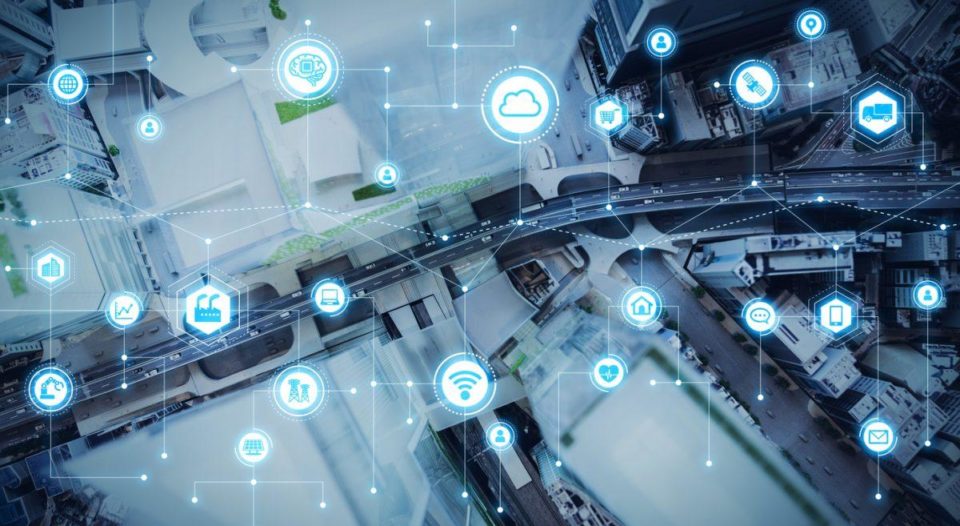copyright by www.forbes.com
 Forbes Insights research shows that 65% of senior transportation-focused executives believe logistics, supply chain and transportation processes are in the midst of a renaissance—an era of profound transformation. But of the most visible forces of change, perhaps none carries more potential for innovation and even disruption than the evolution of artificial intelligence (AI), machine learning (ML) and related technologies.
Forbes Insights research shows that 65% of senior transportation-focused executives believe logistics, supply chain and transportation processes are in the midst of a renaissance—an era of profound transformation. But of the most visible forces of change, perhaps none carries more potential for innovation and even disruption than the evolution of artificial intelligence (AI), machine learning (ML) and related technologies.
Leading companies are already harnessing artificial intelligence and machine learning to inform and fine-tune core strategies, such as warehouse locations, as well as to enhance real-time decision making related to issues like availability, costs, inventories, carriers, vehicles and personnel. While these new technologies bring about truckloads of data, the transportation industry has been capturing data for years. Decades ago, trucking, rail and sea cargo began being tracked by satellite via telematics, and versions of electronic driver logs have been around for nearly 20 years. The industry has also for many years now applied high-level decision theory to optimize the costs and transit times associated with high-value vehicles and often even higher-value cargoes.
The difference today, however, is not only more data but also vastly more powerful computing power and algorithms to sort, evaluate and accelerate understanding and action. According to John Langley, a clinical professor of supply chain management and the director of development for the Center for Supply Chain Research at Penn State’s Smeal College of Business, though the transport industry has always been data-focused, today “we see all of this added computing power—IoT/telematic data collection, data mining, artificial intelligence and machine learning—that can be focused on making better decisions, not only from an overall strategic and resource planning basis but in real-time decisions.”
Practical Applications
AI, ML and associated technologies promise to enable leaders to focus IoT and myriad other data feeds on achieving greater optimization and responsiveness across the whole of their logistics, supply chain and transportation footprint. Consider examples such as:


copyright by www.forbes.com
Leading companies are already harnessing artificial intelligence and machine learning to inform and fine-tune core strategies, such as warehouse locations, as well as to enhance real-time decision making related to issues like availability, costs, inventories, carriers, vehicles and personnel. While these new technologies bring about truckloads of data, the transportation industry has been capturing data for years. Decades ago, trucking, rail and sea cargo began being tracked by satellite via telematics, and versions of electronic driver logs have been around for nearly 20 years. The industry has also for many years now applied high-level decision theory to optimize the costs and transit times associated with high-value vehicles and often even higher-value cargoes.
The difference today, however, is not only more data but also vastly more powerful computing power and algorithms to sort, evaluate and accelerate understanding and action. According to John Langley, a clinical professor of supply chain management and the director of development for the Center for Supply Chain Research at Penn State’s Smeal College of Business, though the transport industry has always been data-focused, today “we see all of this added computing power—IoT/telematic data collection, data mining, artificial intelligence and machine learning—that can be focused on making better decisions, not only from an overall strategic and resource planning basis but in real-time decisions.”
Practical Applications
AI, ML and associated technologies promise to enable leaders to focus IoT and myriad other data feeds on achieving greater optimization and responsiveness across the whole of their logistics, supply chain and transportation footprint. Consider examples such as:
These and related variables can be fed to AI and machine learning engines that can crunch the data and then present a range of scenarios for optimization. With sophisticated tools that continuously learn and improve, industry professionals are able to make better, up-to-the-minute decisions as well as more informed longer-term, strategic choices, such as warehouse locations, fleet size/specifications, etc.
read more – copyright by www.forbes.com
Thank you for reading this post, don't forget to subscribe to our AI NAVIGATOR!
Share this: